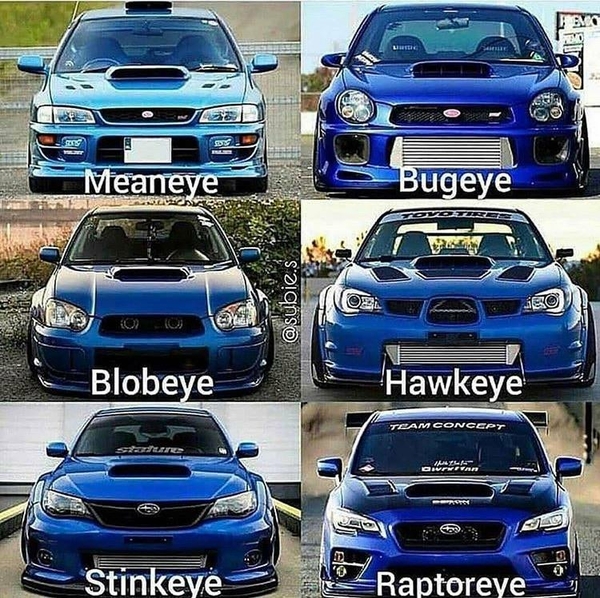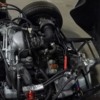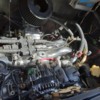Old way: throttle cable directly connected to throttle body.
New way: Gas pedal has a potentiometer(variable resistor) and a heavy spring.
Throttle body has a stepper motor attached directly to drive the throttle plate.
Electronic controls and wires in-between the two, hence drive-by-wire. The benefit is possibly quicker throttle response and other things that mileage misers(EPA) want. The idle speed control is super easy this way with the throttle controlled by the ECU.
There are other advantages as well: cruise control is super easy, etc. The problem (as you pointed out) is the complexity, and the fact that it takes a mechanical connection to the car, and gives control to a bot.
Doing this with a throttle has very few negative ramifications. But once you start down the road, it's easy to give more and more high level function to the ECUs. We've had braking by wire for a while, and are entering into steering by wire (electrically assisted racks make this easy). This is how anti-lock brakes and traction control and crash avoidance and lane assist work - by giving the machine control of the vehicle if the sensors indicate imminent danger. The manufacturers and general public assume everyone is a terrible driver, and really needs/wants something infallible to do it for them.
The automotive press (or what passes for it these days) cheers this on, getting all tingly with "launch control" and "torque vectoring" and with the relentless focus on the fact that a Ferrari (or Corvette or Nissan Juke) ECU and solenoid pack can shift faster than you can. They give lip service to leaving high-level functionality with the driver, but their heart really isn't in it.
High-level functions (steering, braking, etc.) are best done well (by a human) by "feel", and 99% of the feel is filtered out when the mechanical connection is lost. Nobody can threshold brake anymore. Nobody under 40 can drive a car with a manual transmission. That mechanical connection used to be called "driving". What automotive engineering is driving towards can more accurately be called "riding".
I blame the ridiculous and monotonous commutes most people endure on a daily basis in big cities. "Driving" to people sitting in their cars, stop-and-going for 2+ hrs a day is a chore requiring more attention than they'd like to give it, and offering less enjoyment than getting their teeth professionally cleaned. These people would love to be chauffeured, but lack the means to get it done by a human - so the driving pod doing it for them means they get an additional 2+ hrs a day for work or leisure. A self-driving car cannot come soon enough for them.
The cars we love are an antidote to this and are the opposite of a "driving pod". Archaic, dangerous, and decidedly mechanical cars (like a replica) offer something that cannot be purchased for any amount of money out in the general market: a vehicle solely under the control of the operator.
For most of us, "autonomy" or any substantive step along the continuum towards that end is a thing to be avoided and worked around. I don't want a "self-driving car" any more than I want George Clooney to take my wife on vacation because he can do it "better" and insulate me from the experience. Driving is not just getting from point A to point B safely and without any realization of the road one traveled. Life is in the living of it.
This is my fundamental complaint with the general direction of modern society. It seems as if the large majority of modern humanity would like nothing more than to have a completely safe, fully insulated, boring and coddled existence where they have a long and stress-free life. They avoid restaurants where they might not recognise every item on the menu, and might not like what is offered. They can't go on a vacation unless Yelp or Trip Advisor tells them it's OK. They go to Paris and look for a McDonalds. They seek the safe and familiar and avoid confronting their own limitations, their own weakness, their own mortality. They'd rather let experts make decisions for them and remove any substantive risk involved in actually making them for themselves. These things used to be called "freedom", and used to be a value men and boys fought and died for. This was once a central selling point of an automobile.
We are all living in a time when this idea is mocked and derided as ignorant and uncaring and backward. Decisions are being made for us and "for our own good". It's a tyranny of a totalitarian meritocracy and we are welcoming it. You cannot be trusted to live your own life - the experts know how to do it better, more effectively, safer. The machine knows better than you how to drive your car. You must be saved from yourself, from the risk that you might make a bad decision, a wrong turn. It's Gattica or Minority Report in real-time, and rather than seeing these things as cautionary tales to avoid a dystopian future, we're rushing headlong towards this "inevitable future", this new manifest destiny.
I've got a friend who believes that peak civilization occurred around Y2K. ECUs had made life better - cars had EFI and accurate and mappable spark. They started, responded, idled, and shut off easily and predictably every single time. The electronics were robust, bulletproof, and cheap. High-level functions (shifting, braking, steering, etc.) were left alone. He's probably right.
I live in a world made so much better by electronics. Things that were once a nightmare (things as simple as compressor cycling and fan control) are done so much better with a DDC package assuming control. But even here there are limits - there are a lot of supermarkets (most of them, now) that become a service nightmare because they have too many sensors, too many modules and boards, too many glitches. I can't tell you how much money I've made, driving to a store in the middle of the night to rescan a network or reprogram a parameter in a module. Nothing is broken or worn out, and I don't fix anything - it's just a ghost in the machine. I drive home feeling betrayed by the experts.
I've got all the stuff for a Microsquirt conversion of my Speedster engine. The sensors, the module, everything but the throttle bodies and the harness. I'm hesitating with the installation - not because of the technical challenges (which actually interest me), but because it's a step towards making my car "better" than me by giving functionality to a chip. This is my connection to an analog age, to a time when my car needed my input. I'm not sure I want to filter that.
If this makes me an Amishman or Luddite, I suppose I don't see that as the kind of insult I might have at one time. I guess it just makes me a grumpy old man. What I know is that dealing with the limitations of my car makes it a much, much more desirable thing to me.
![]() ) but I wanted to get thoughts on the available options. I don't know yet what the planned details are for my car outside a EF2.5. I of course have been reading up on the variants, issues, etc of these engine (plus some cool YouTube videos of various engine builders, good stuff) and thought the collection of wisdom here might be useful.
) but I wanted to get thoughts on the available options. I don't know yet what the planned details are for my car outside a EF2.5. I of course have been reading up on the variants, issues, etc of these engine (plus some cool YouTube videos of various engine builders, good stuff) and thought the collection of wisdom here might be useful.











